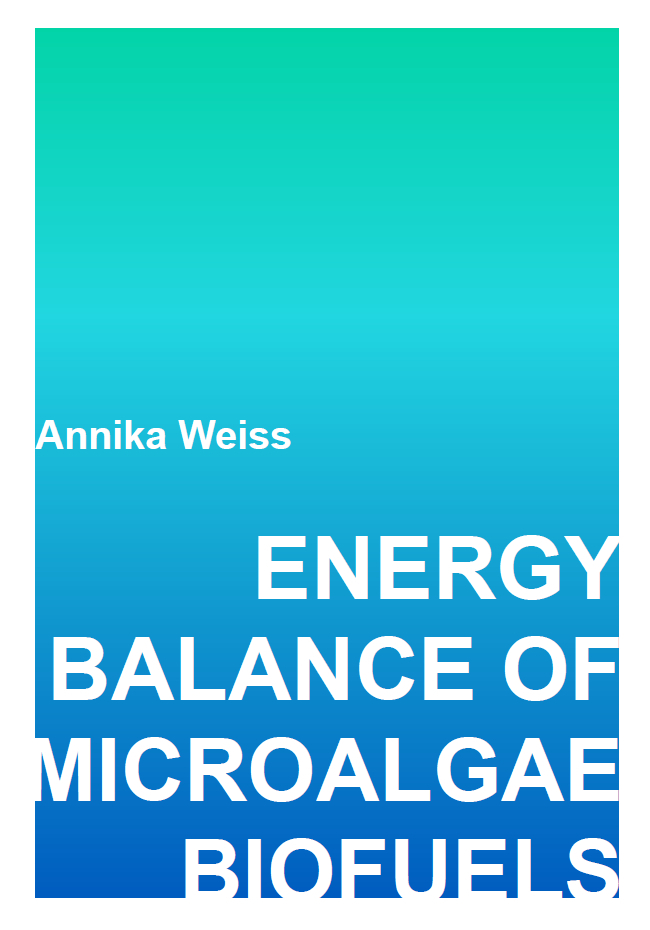Dissertation: Energy balance of microalgae biofuels
Microalgae are discussed as feedstock for biofuels. In contrary to land plants, they do not compete with food production for fertile soil. However, the energy demand to produce biofuels from microalgae is currently higher than the energy stored in the fuel – the quotient of these values, the so called net energy ratio (NER) is above one, but should be smaller one for an effective fuel production.
Annika Weiss analyses in her dissertation how the yield depends on the cultivation energy. Both parameters determine the NER. For her analysis, the ITAS scientist investigated aerated flat plate photobioreactors as promising systems for outdoor cultivation and biomethane as biofuel since its production requires comparably low energy.
Her results show: the more biomass is produced, the more energy is required in relation to the biomass. In other words: the energy-efficiency of microalgae cultivation sinks with increasing yield. Due to this correlation a low NER can – in contrary to the prevalent assumption – not be achieved with maximum biomass yields. In the investigated case, a NER below one is not achieved despite assumed technology development and a good relation between energy input and yield.
Annika Weiss analysed in her dissertation seven other LCA studies which partially predict a NER below one. She found two reasons for a NER below one: not all energy-relevant processes are considered in the calculation and/or the relation between operation energy and yield is neglected. (14.10.2016)
Bibliographic data:
Weiss, Annika
Energy balance of microalgae biofuels (Dissertation). Darmstadt: Technische Universität Darmstadt 2016
full text


